After over a month of feverish speculation and excitement after Japanese luxury carmaker Lexus unveiled a teaser trailer for a working hoverboard, a video showing the gadget in action is finally here.
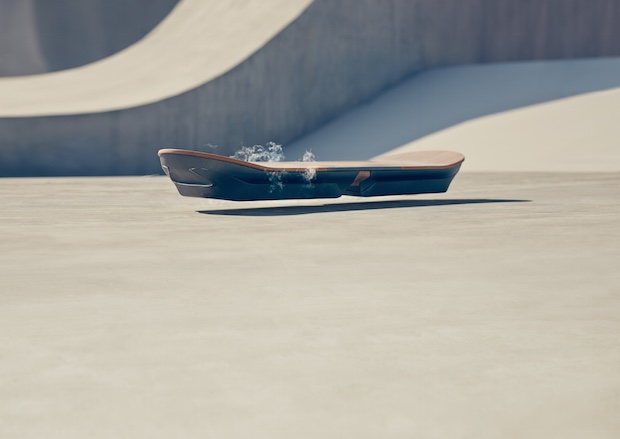
Lexus are calling it Slide, “a story of creating an icon and tackling every challenge along the way to explore a new form of motion.” They have also spilled the beans on how it works.

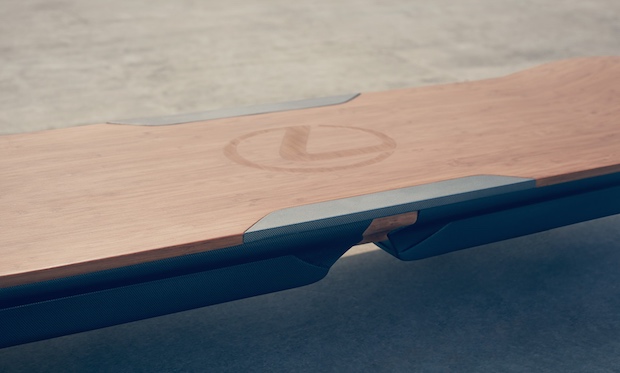
In the words of their PR machine:
The Lexus Hoverboard represents true innovation and imagination, together pushing the boundaries of technology even further.
Slide is made from natural bamboo with ultra-lightweight casing. It weighs 11.5kg
How does it work? Well, maglev tech is integrated into the board, along with superconductors, magnets, and liquid nitrogen.
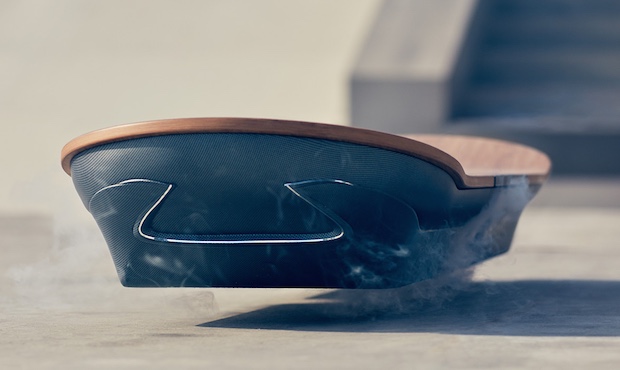

The hoverboard is constructed from an insulated core, containing HTSLs (high temperature superconducting blocks). These are housed in cryostats — reservoirs of liquid nitrogen that cool the superconductors to -197°C. The board is then placed above a track containing permanent magnets. When the board is cooled to its operating temperature the track’s magnetic flux lines are “pinned” into place, maintaining the hover height of the board.
Not all the initial testing in Dresden went according to plan.
As fanboys need no reminding, 2015 is the year that Marty McFly arrived from the 1980’s to find a world of flying cars and hoverboards. Well, things didn’t quite live up to the vision but at least Lexus has made the hoverboard.
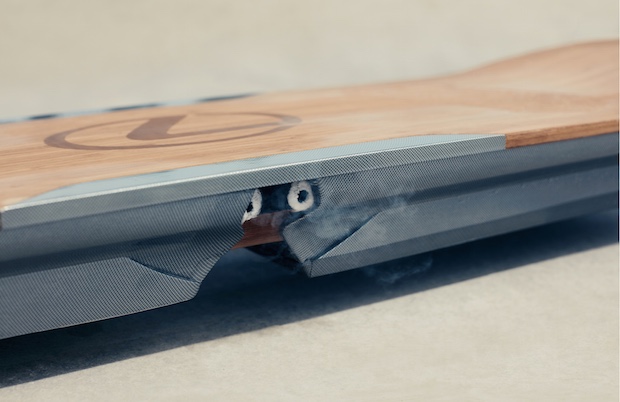
They tested it at a custom-crafted skate park in Spain, including over water. While the board is surely not “perfect” at this stage and requires frequent refills of liquid nitrogen, we would love for this to become a regular form of transport one day.

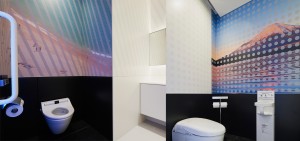

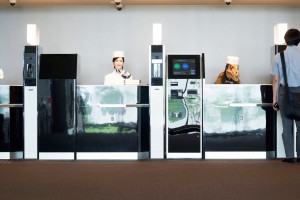





















1 Comment
dear sir,
I want to buy hover board for export
need quotation and catalogue